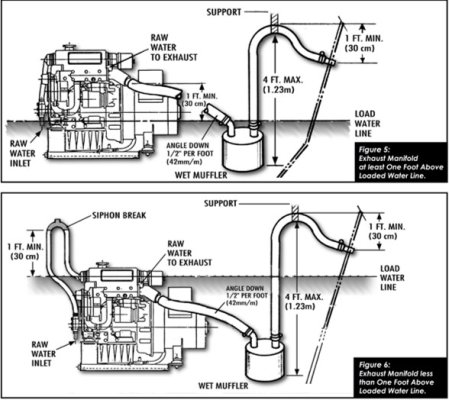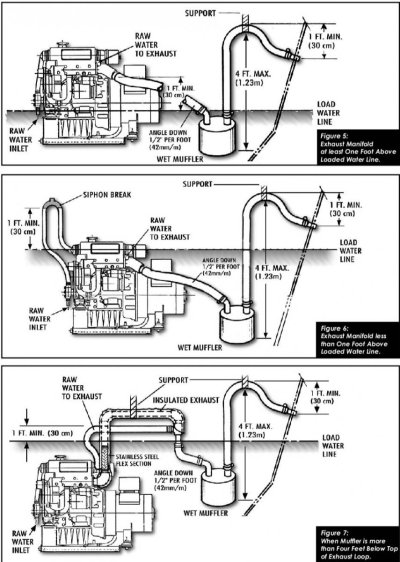2savage
Senior Member
- Joined
- Feb 21, 2017
- Messages
- 278
- Location
- USA
- Vessel Name
- Savage
- Vessel Make
- Seaton 50 expedition trawler
Couldn't start the generator a few days ago so here's what I know;
A socket on the crank would not turn it at all.
I loosened the alternator belt and tried again. Nothing.
I took out the starter motor and tried again. Solid in either rotational direction.
These are indicating the engine is ceased, but why? It ran fine the last time. Does is require serious cranking power that a socket and wrench cannot provide?
A socket on the crank would not turn it at all.
I loosened the alternator belt and tried again. Nothing.
I took out the starter motor and tried again. Solid in either rotational direction.
These are indicating the engine is ceased, but why? It ran fine the last time. Does is require serious cranking power that a socket and wrench cannot provide?


